Si nos acercamos, entre sus manos se encuentra el secreto del cuadro. Muy delicadamente, entre las puntas de los dedos, aparecen dos hilos, finísimos. ¿O acaso los soñamos? Sobre esas dos líneas, tensas y extraordinarias, reposa todo. Todo se dirige hacia esos dos trazos que en realidad no sabemos si existen, porque no se ven completamente, sino parcialmente iluminados. El resto, es fruto de la imaginación. No sabemos si existen por completo porque se pierden entre la textura del propio lienzo.
Vermeer sabía bien que el cerebro fabrica sus propias ficciones. Las teorías de la Gestalt tardaron muchos años en decir lo mismo: la mente completa lo que falta cuando está bien alimentada.
En realidad se trata de algo muy semejante a cuando vemos en escultura las riendas de los caballos sostenidas por sus jinetes. Las cinchas que unen los carros y sus tiros se hacen presentes aun no estando. Pero el escultor sabe, como lo sabía Vermeer, que lo invisible es, en ese punto, más preciso que lo real. Y por eso prescinde de ellas.
Igualmente en arquitectura es necesario saber cuáles son las prerrogativas que tienen que tener las cosas no construidas para, realmente, aparecer. Lo que hace la mejor arquitectura es precisamente eso: lograr que lo invisible sea cierto. Y por eso mismo, cuesta tanto ver y explicar la fuerza de esas ausencias. Aunque sean tan palpables, o más, que lo realmente construido.
If we look closer, the secret of the painting lies in her hands. Very delicately, between the fingertips, appear two threads—extremely fine. Or do we merely imagine them? Everything hinges on those two lines, tense and extraordinary, which we don’t even know truly exist, as they are only partially illuminated. The rest is a product of imagination. We’re not even sure they are entirely there, since they vanish into the texture of the canvas itself.
Vermeer knew well that the brain invents its own fictions. The theories of Gestalt would take many years to say the same: the mind completes what is missing when it is properly nourished.
It’s actually quite like what happens in sculpture, when we see the reins of horses held by their riders. The straps linking the chariots to their teams are perceived even in their absence. But the sculptor, like Vermeer, knows that the invisible can be, in such moments, more accurate than what is physically real. And so, they are left out.
In architecture too, we must learn what qualities unbuilt things must possess in order to truly appear. The finest architecture does precisely that: it makes the invisible real. And for that very reason, it’s so difficult to see and explain the power of such absences—even if they feel as tangible, or more so, than the things actually built.










_-_left_hand_screen,%20imagen%20wikipedia.jpg)








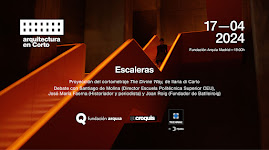




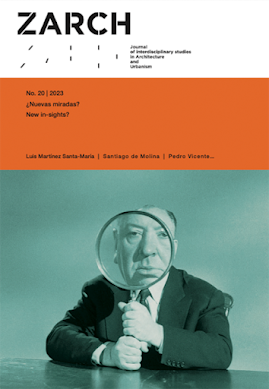
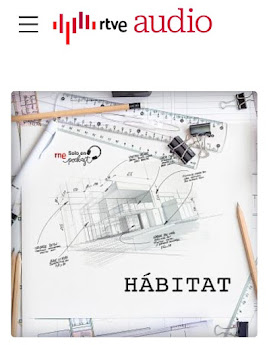
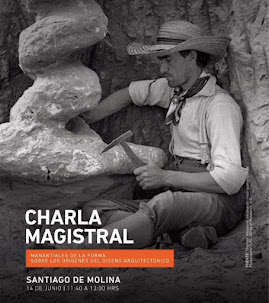
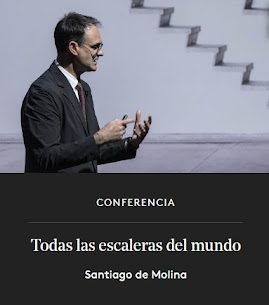

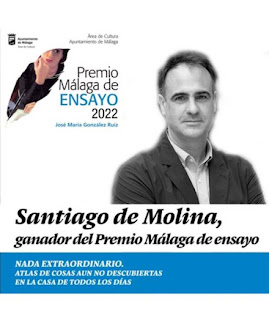


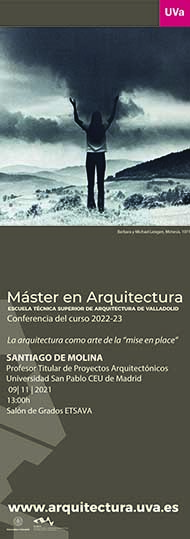
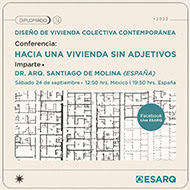
























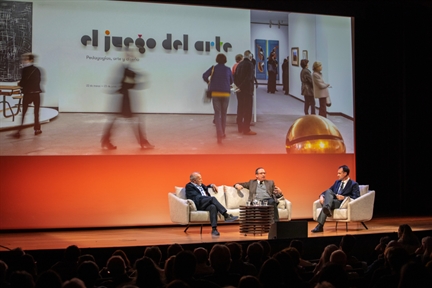




















































7 comentarios:
Esta buenísimo, saludos.
Gracias Sebastián!
Saludos
bello!!!
Gracias Pipina!
Extraordinario
Gracias por tu lectura! Un saludo cordial.
Ahora se sabe que el pintor conocía el uso de la 'cámara oscura' para hacer obras con tantos detalles.
Publicar un comentario